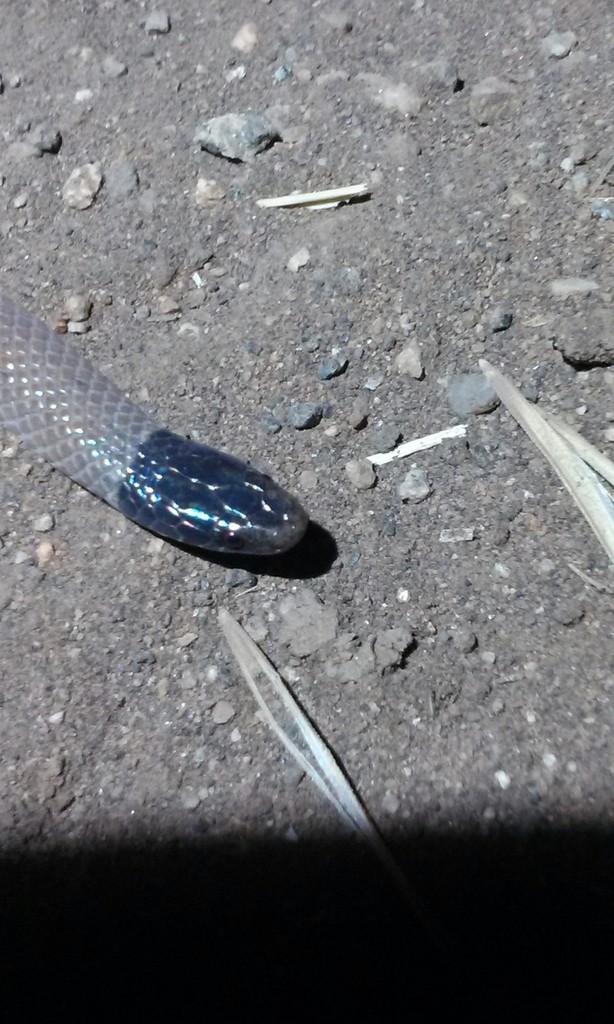Western black-headed snake
A species of Centipede snakes Scientific name : Tantilla planiceps Genus : Centipede snakes
Western black-headed snake, A species of Centipede snakes
Scientific name: Tantilla planiceps
Genus: Centipede snakes
Content
Description General Info
Description
Western black-headed snake (Tantilla planiceps), also known as the California black-headed snake, is a snake species endemic to the Californias (the U.S. State of California and the Baja California Peninsula in Mexico), as north as the San Francisco Bay and as far east as western Utah. It lives in mostly moist pockets in mostly arid or semiarid environments and spends much of its life underground. It has a flattened head as most crevice-dwellers and is seven...
General Info
Lifespan
10-15 years
Diet
Western black-headed snake primarily sustains on a diet of small arthropods, particularly spiders and centipedes. It utilizes its slender body to pursue and devour prey from restricted crevices and soil layers.
Appearance
Western black-headed snake is a small, slender snake, reaching lengths of about 25 cm. Its skin is smooth and glossy, primarily black on top with a red-orange underside. The head is distinctively flat and dark-colored, contrasting with the brightly hued lower body. This snake lacks noticeable differences in appearance due to age, gender, or subspecies.
Behavior
Western black-headed snake is a solitary, predominantly nocturnal snake, thriving in sandy soils and exhibiting burrowing behavior. Famed for its flat head, hence its name, it skillfully uses this feature to aid in subterranean hunting and evasion. Not territorial, this species can occupy various habitats, focusing more on prey availability. Survival hinges on its camouflage capabilities within its desert environment.
Population
Stable
Scientific Classification
Phylum
Chordates Class
Reptiles Order
Lizards and snakes Family
Colubrids Genus
Centipede snakes Species
Western black-headed snake 